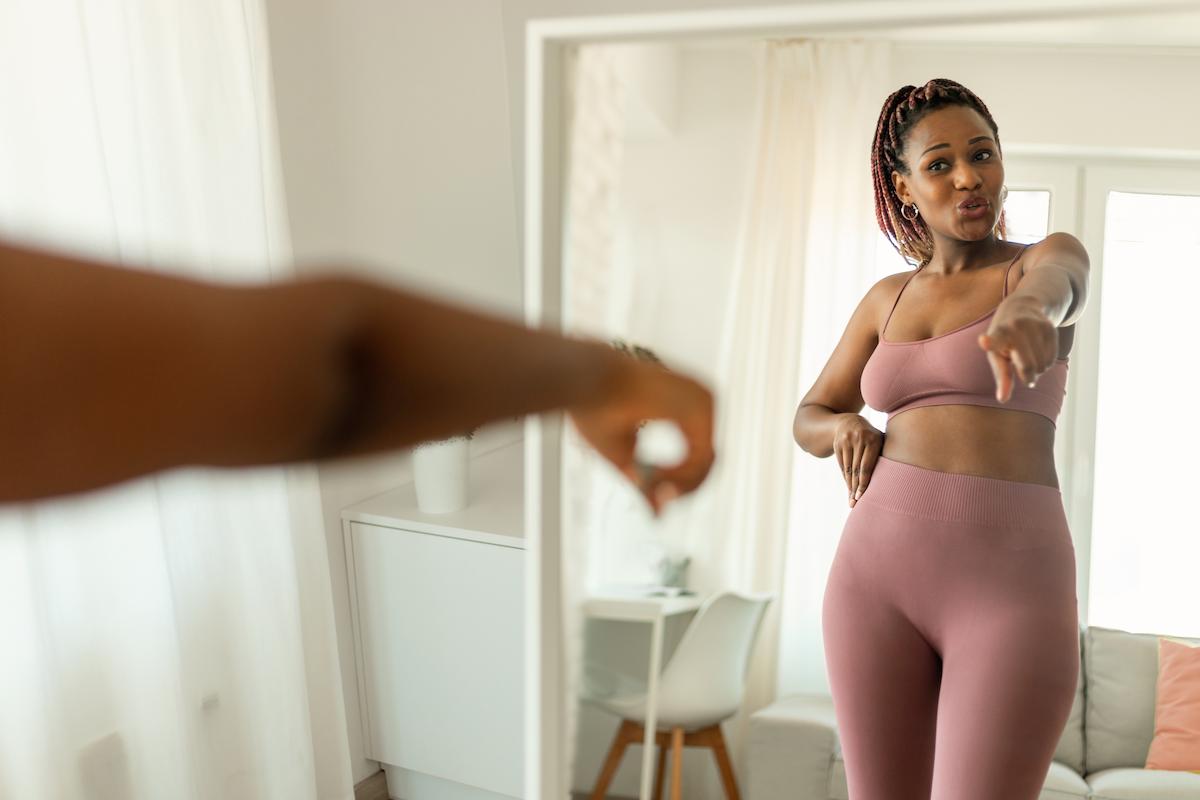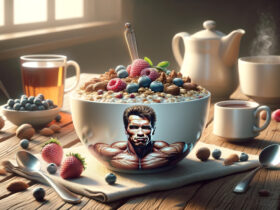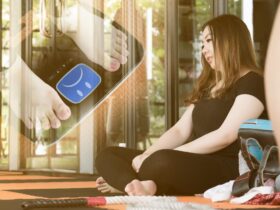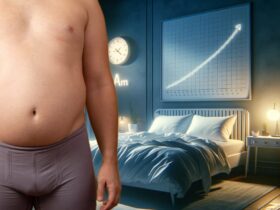In a daily interaction with mirrors, individuals often encounter a reversed yet familiar version of themselves, which though reassured by repetition, is not necessarily accurate.
Mirrors tend to show us what we wish to see, presenting ourselves in the best light possible due to curated angles and lighting conditions.
In contrast, photographs capture more candid moments, often revealing angles and expressions unnoticed in mirror reflections, providing a raw and less controlled image of our appearance.
Mirrors: comfort in familiarity
Mirror images are reversed and often become a source of comfort, representing both physical form and personal identity in ways that resonate with our internal sense of self.
This repeated exposure to a flipped image creates a normalization effect, making one’s true appearance as seen in photos seem unusual or less attractive.
Photographs: the uncontrolled truth
Unlike mirrors, photographs provide an external perspective — showing non-inverted faces and the nuances of posture and expression typically overlooked in self-assessment.
Photos are often perceived as brutally honest since they are uncontrollable snapshots of reality, capturing whatever expression or angle happens to be at the moment without filters or adjustments.
Psychological impacts of skewed self-perception
Living through lenses of mirrors and cameras can profoundly impact one’s self-esteem and body perception.
For those struggling with issues such as body dysmorphic disorder, mirrors may serve as an enemy rather than a friend, amplifying insecurities and flaws perceived by the individual.
Chasing unrealistic perfection
Particularly intriguing is how the quest for flawlessness can lead to dissatisfaction, as people might expect to always look as ideal as they do in their meticulously checked mirror reflection.
The discrepancy between this polished mirror image and the unedited versions found in photos can cause emotional and psychological distress.
Reality versus perception
There exists a significant gap between how others see us and our mirrored image. This misalignment can challenge personal acceptance and hinder the development of a stable self-identity.
To foster better self-understanding and acceptance, it’s essential to de-emphasize the importance given to these skewed perceptions and focus on embracing realism and critical self-kindness.
Nurturing a healthier self-image
To cultivate a healthier relationship with our bodies and self-image robust strategies must be employed beyond mere acceptance of reflections in the mirror or photos.
Fostering self-love
Self-love extends far beyond admiration of one’s physique or cosmetic attributes; it includes an appreciation for intrinsic qualities like talents, virtues, and accomplishments.
- Engage actively in hobbies and interests that complement your inner joy and uniqueness.
- Build supportive relationships that reinforce positive self-perceptions and encourage realistic standards of beauty and success.
- Prioritize mental health through practices like mindfulness and meditation, focusing on present experiences and holistic self-care.
Asking for feedback
To understand how you are perceived by others, consider seeking direct feedback from trusted friends and family about your attributes and mannerisms.
This can offer insightful perspectives that neither mirrors nor photographs could provide.
Conclusion: Embracing the multifaceted self
In conclusion, embracing oneself holistically requires stepping back from the deceptive allure of perfect reflections either offered by mirrors or photos.
By fostering areas of life that reflect the deeper aspects of personality and contributing traits, individuals can build a more rounded and resilient sense of self-worth, diminished by societal pressures to meet conventional aesthetic norms.







